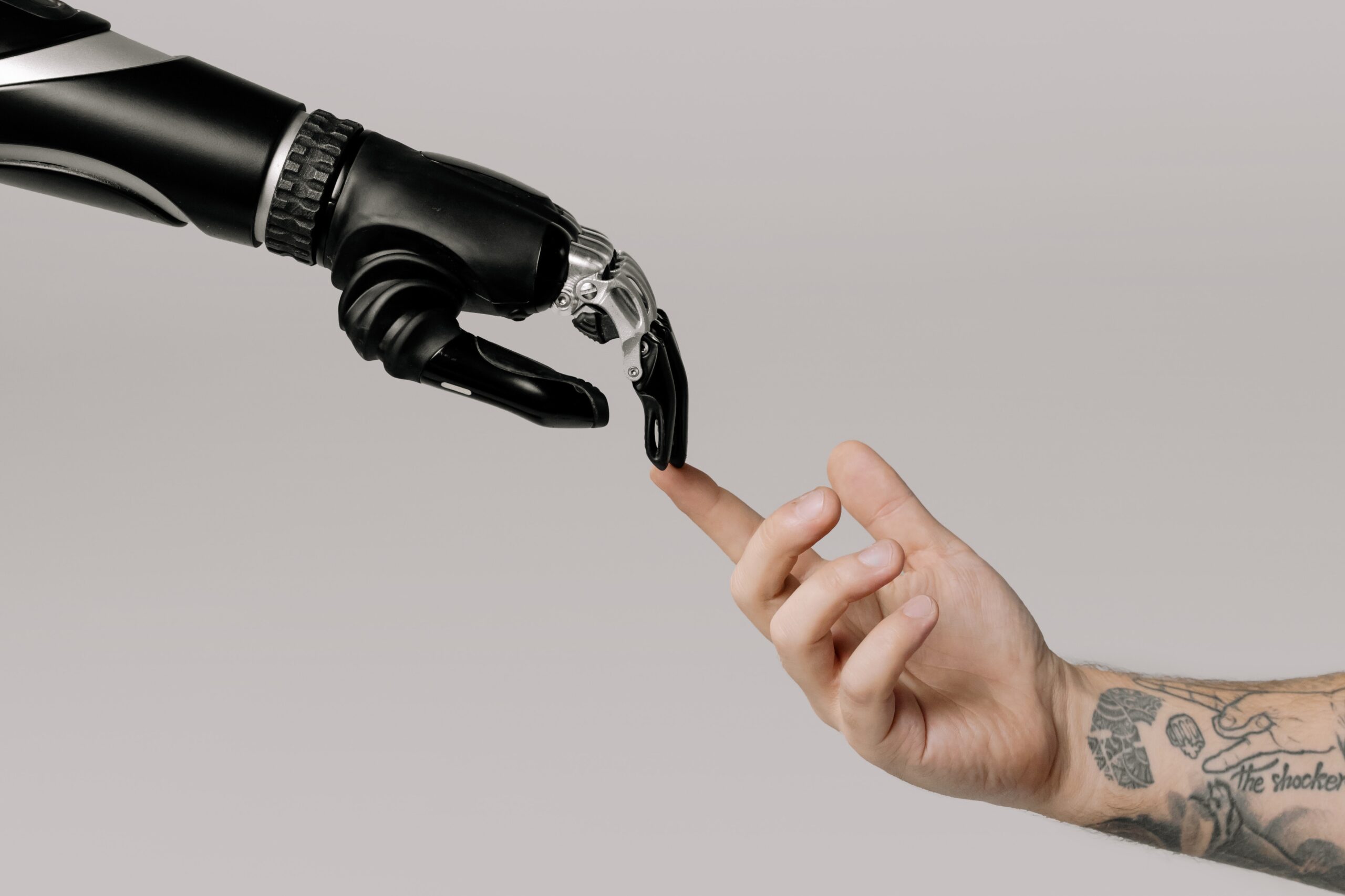Artificial intelligence (AI) has become an integral part of our lives, permeating various sectors and industries. From natural language processing to image recognition, AI has made tremendous strides since its inception. This article provides a concise overview of the history of AI, highlighting key milestones and developments that have shaped its evolution.
The concept of AI can be traced back to antiquity, with the idea of creating intelligent machines appearing in various mythologies and fables [1]. However, the modern field of AI as we know it began in the mid-20th century. Alan Turing, a British mathematician, and computer scientist, introduced the Turing Test in 1950, a criterion for determining whether a machine could exhibit intelligent behavior indistinguishable from that of a human [1].
The 1956 Dartmouth Conference is widely recognized as the birth of AI as a formal field of study. It brought together pioneers such as Marvin Minsky, John McCarthy, and Claude Shannon, who sought to create machines capable of simulating human intelligence [1]. This period, known as the “golden age” of AI, saw the development of early AI programs like Samuel’s checkers-playing program and the first AI language, Lisp [1].
AI research encountered challenges in the 1960s and 1970s, with limitations in computational power and funding reductions. However, the field experienced a resurgence in the 1980s with the advent of expert systems, which utilized rule-based knowledge representations to mimic human decision-making in specialized domains [1]. This era also saw the rise of neural networks, inspired by the human brain’s structure, which laid the foundation for modern machine learning and deep learning techniques [2].
The 1990s marked a shift in AI research, with a focus on data-driven approaches and statistical methods. This period saw the emergence of data mining, natural language processing, and computer vision techniques, which became the building blocks for contemporary AI applications [2].
The 21st century has witnessed the exponential growth of AI, driven by advances in computational power, data availability, and algorithmic improvements. The advent of deep learning has revolutionized AI, enabling breakthroughs in speech recognition, image classification, and natural language understanding [2]. Companies such as Google have played a significant role in the development and popularization of AI technologies, pushing the boundaries of what’s possible [3].
Today, AI is transforming various industries, from healthcare and finance to transportation and entertainment. Machine learning, natural language processing, and computer vision are just a few examples of AI techniques being leveraged to create innovative solutions and drive decision-making [2].
In conclusion, the history of AI is marked by periods of innovation, challenge, and resurgence. From the Turing Test to deep learning, AI has evolved significantly over the years, becoming a powerful tool that continues to reshape our world. As we look to the future, the potential of AI is vast, and its applications are seemingly limitless.
Researchers, industry leaders, and policymakers must work together to ensure that AI develops ethically and responsibly, unlocking its full potential while minimizing potential risks and inequalities.
References:
[1] Britannica. (n.d.). Artificial intelligence. Retrieved from https://www.britannica.com/technology/artificial-intelligence
[2] West, D. M., & Allen, J. R. (2018). How artificial intelligence is transforming the world. Brookings Institution. Retrieved from https://www.brookings.edu/research/how-artificial-intelligence-is-transforming-the-world/
[3] Google AI. (n.d.). About Google AI. Retrieved from https://ai.google/


Comments
One response to “A Brief History of Artificial Intelligence: From the Beginning to Today”
Hi, this is a comment.
To get started with moderating, editing, and deleting comments, please visit the Comments screen in the dashboard.
Commenter avatars come from Gravatar.